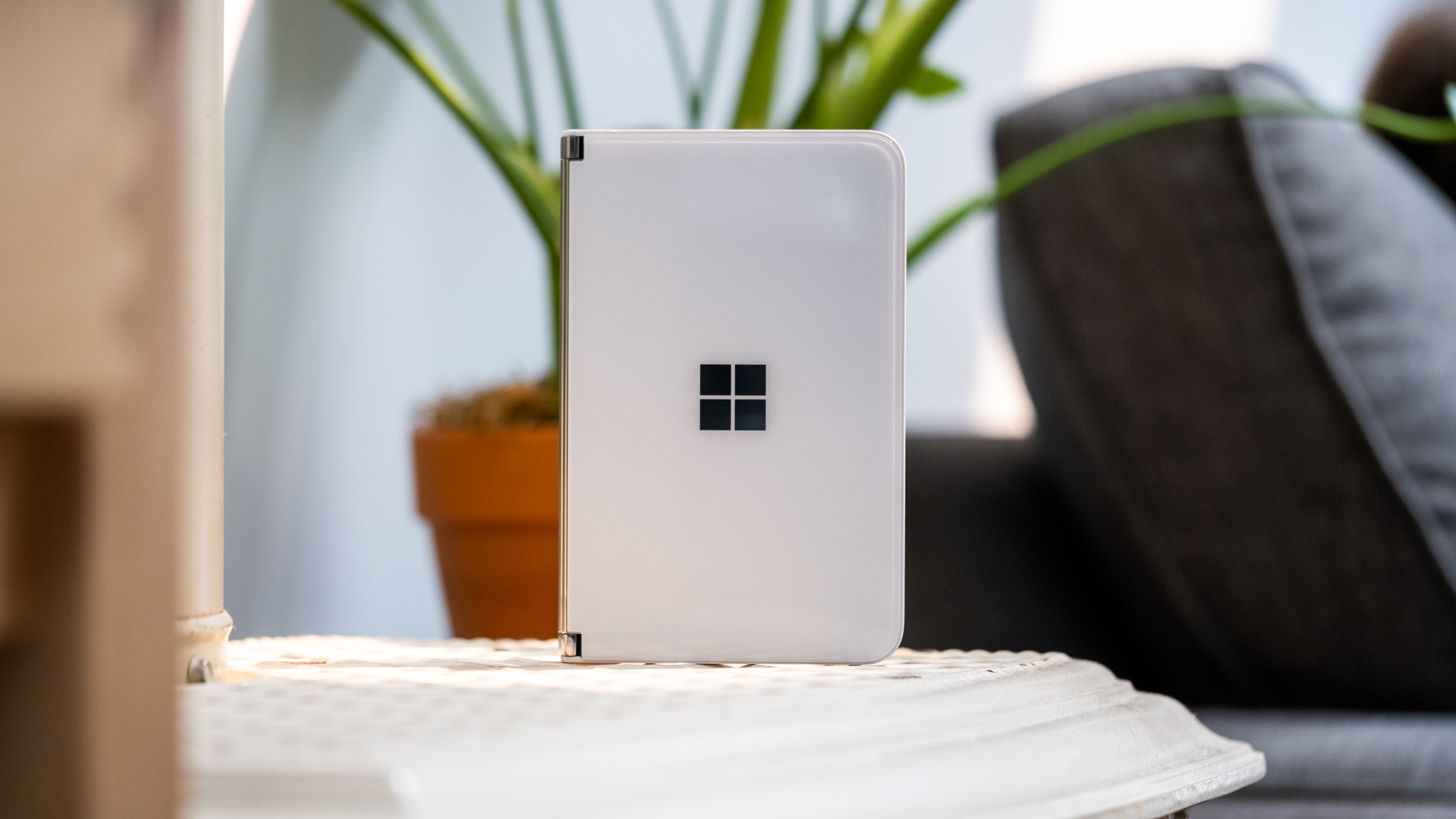Affiliate links on Android Authority may earn us a commission. Learn more.
Microsoft pivots to foldable screens, ditches its initial Surface Duo 3 plans
Published onJanuary 10, 2023

- Microsoft is reportedly changing its plans for the Surface Duo 3.
- The Surface Duo 3 will supposedly use a foldable screen instead of sticking with its original dual-screen design.
- Microsoft may also be working on a new “mainstream” slab-style phone.
Neither the Surface Duo nor Surface Duo 2 with its unique dual-screen approach flew off of store shelves after they launched. Now Microsoft may be reconsidering its screen design philosophy for the third generation of the Surface Duo.
According to Windows Central, sources who are familiar with Microsoft’s plans claim the company is scrapping the dual-screen design of the Surface Duo 3 in favor of a more traditional foldable screen. The Surface Duo 3 may also feature an external cover display — like the vivo X Fold — and a 180-degree hinge.
More specifically, the report claims that the tech giant had already finalized the dual-screen design of the Surface Duo 3, added improvements like wireless charging and taller edge-to-edge screens, and scheduled the product to ship in late 2023. However, Microsoft apparently nixed the concept and is now exploring single-screen foldable designs.
Windows Central‘s sources didn’t provide any information on the specs of the new device, as it’s too early to tell anything. They also added that there’s no concrete shipping window either.
Given the change in form factor, it’s possible that Microsoft could give the new handset a moniker that diverges from the Duo name. However, the sources claim the company internally still considers the device to be a third-generation Duo.
The new form factor wasn’t the only news revealed by Windows Central‘s sources. It appears the Redmond-based firm is working on a “mainstream” slab-style Surface phone and improving upon its software to deliver better Android offerings that differentiate it more from its competitors. Reportedly, Microsoft wants to create an ecosystem experience between its Android hardware and Windows PCs that’s similar to Apple’s iPhone and Mac experience.
This all comes only a few months after Microsoft added Android 12L to the Surface Duo and Duo 2 which contained the company’s own fluent design language to make them better Windows companion devices. What do you think of Microsoft switching to a more traditional foldable screen for its next Surface Duo product? Tell us in the comments below.